President's Message - September 2020
CHA CHA CHANGES
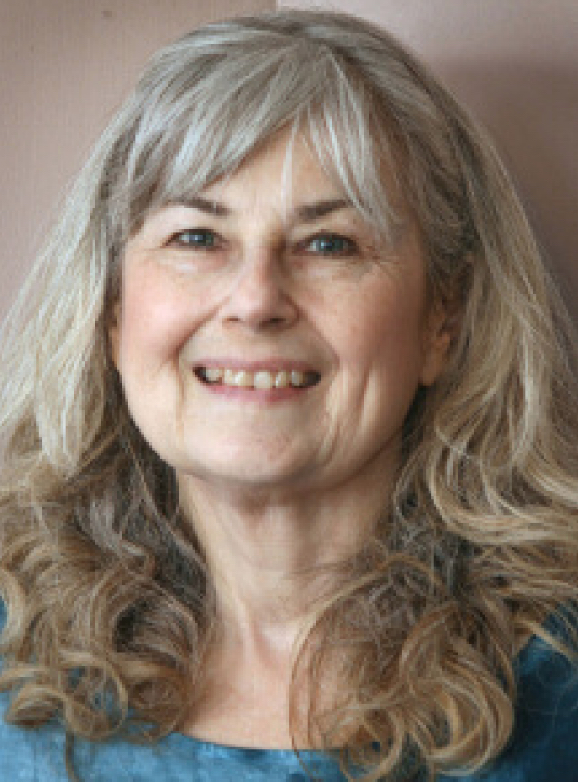
JUDY MENDAGLIO
judy.mendaglio@oame.on.ca
The world's spinning madly.
It drifts in the dark.
Swings through a hollow of haze.
A race around the stars.
A journey through the universe ablaze.
With changes Excerpt from Changes, by Phil Ochs
Welcome back, everyone.
The lyrics you see above come from a song written by Phil Ochs, an American singer-songwriter known for his activism. His songs were often referred to as “protest songs.†This lyric is one of two passages I chose for my high school yearbook entry. It came to my mind recently, and I could not help but feel that his words continue to resonate with meaning. Timeless.
The process of writing the President’s Message harkens back to a time that feels as though it is slipping away. We live in a world of increasing immediacy. News of a world event is shared via social media minutes after it happens, suddenly meetings are being arranged in the moment via text messages and take place without moving from where you are using meeting platforms, and people may feel guilty when they have not checked their emails for 20 minutes. The President’s Message, however, is written months before publication; it is being written in early July, during an unusually long period of extreme heat warnings. Outbreaks of COVID-19 are rising again in too many jurisdictions. Anti-Black racism rallies are happening in cities all over the world. Educators from Kindergarten through to graduate school are trying to navigate the world of remote learning. And, not to forget, Ontario elementary teachers are returning to schools with a new mathematics curriculum. Changes.
Change. As of September 1, 2020, OAME/AOEM has a new President. Me. I am Judy Mendaglio, President of OAME/AOEM. If you have read Paul Alves’ President’s Message in the June 2020 Gazette, you will know that I am entering the first year of a two-year presidency—the result of restructuring that has been in the works for a couple of years. Changes.
I will only tell you a little bit about myself in this column. We will be together for two years, so you will have lots of time to get to know me. I was born and raised in Montreal, Quebec. I migrated to Ontario for graduate school. After completing a Masters in Math, I worked in the financial services sector. I left the business world to seek “personal fulfillment,†which I believed I would find in education. I wasn’t wrong. Being a teacher was exhausting, and much more difficult and demanding than working in a financial institution, but the cliché is true—it didn’t feel like work, so earning far less money was okay. Being surrounded by learners and mathematics was where I wanted to be.
I believe that growing up in Montreal had a profound effect on my outlook in many ways. I also believe that having worked in a field outside of education impacted who I became as a teacher. We are complex creatures, we humans, and we bring our experiences with us into the classroom in strange and often unpredictable ways. More about these in future issues.
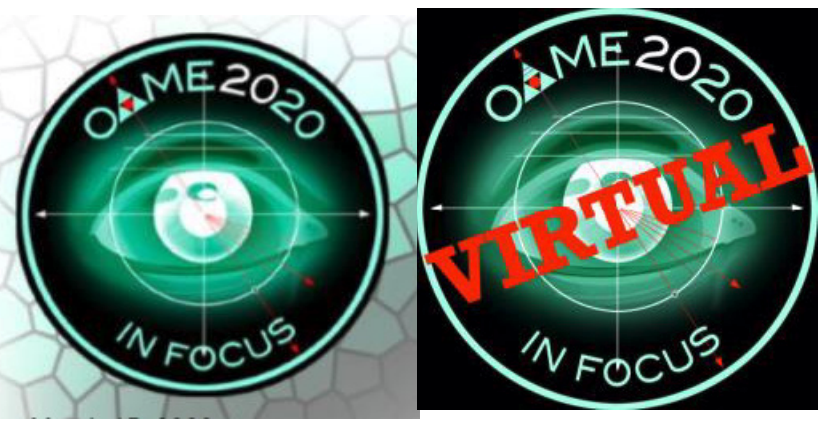
Last Spring, then-President (now Past President) Paul Alves’ President’s Message talked about the difficult decision that the OAME/AOEM 2020 Organizing Committee and the OAME/AOEM Executive Committee had to make when it was decided to cancel the annual conference. At that time, he announced that we were in the process of planning a virtual conference. A small group of volunteer organizers was formed. These people worked at a remarkable pace to make the virtual conference a reality. A very big change indeed. The OAME/AOEM 2020 Virtual Conference was held, and it was a huge success. We are math people so, of course, we had to gather data! We had 21 pre-recorded sessions and 30 live sessions on offer, and we had 5364 registrants. With data comes the opportunity to wonder about what the numbers can tell you.
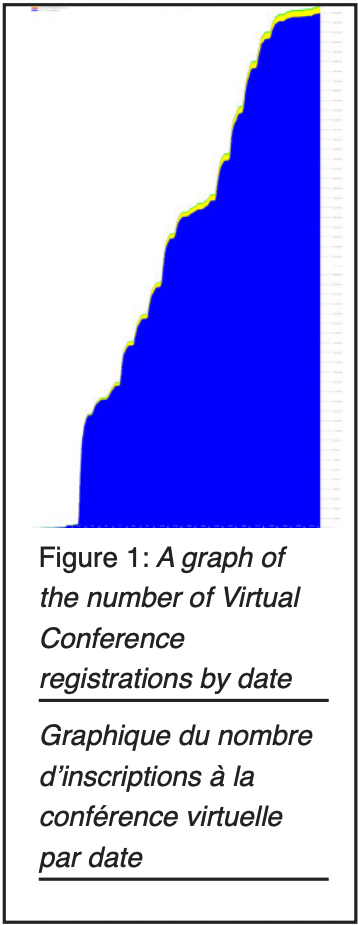 The graph in Figure 1 shows the number of conference registrations by date, beginning on April 21 and ending on May 11.
The graph in Figure 1 shows the number of conference registrations by date, beginning on April 21 and ending on May 11.
Question 1: Describe how you might use this graph to estimate the average number of registrations per day.
Question 2: Indicate on the image where the rate of change is greatest. How do you know?
Question 3: What type of relation/function do you think best fits the data?
During one particular session timeslot, we had 2908 attendees. We had concerns about reliability and access.
Question: What would be the total difference in bandwidth and data usage if the attendees all muted their microphones and turned off their cameras, rather than having both “On� (How might students conduct an experiment to estimate an answer?)
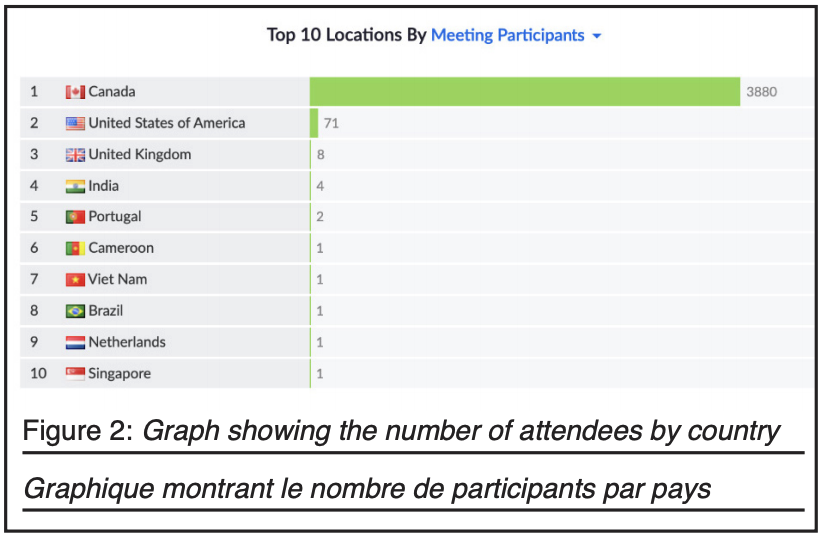 Attendees came from ten different countries (see Figure 2). At one session, David Costello was presenting from Prince Edward Island, and he welcomed several participants attending from Saskatchewan. What a wonderful opportunity the virtual platform afforded us to collaborate with educators from across the country and across the world.
Attendees came from ten different countries (see Figure 2). At one session, David Costello was presenting from Prince Edward Island, and he welcomed several participants attending from Saskatchewan. What a wonderful opportunity the virtual platform afforded us to collaborate with educators from across the country and across the world.
Question 1: Who “travelled†the farthest to attend? What assumptions do you have to make in order to answer this question?
Question 2: On Saturday morning, there was a session at 10:00 a.m. EDT. There were participants from British Columbia, Texas, and the Netherlands. What time was it where they were?
In May 2020, many were still novice users of Zoom. Some participants needed extra support during the live sessions (e.g., accessing audio, viewing the chat, posting in the Q&A), and the meeting hosts had to learn where to find things on different devices quickly (see Figure 3) (e.g., “Are you on an iPad? You are? Okay, in the top right corner,.…â€)
Question 1: What implications does this have for teachers who are teaching in an online environment?
Question 2: What could be the implications of this data
for an organization such as OAME/AOEM, which offers webinars (see OAME Talks), as well as mathies virtual manipulatives?
Needless to say, apart from the Virtual Conference, the pandemic, physical and social isolation, and teaching online generated a lot of discussion within our Board of Directors and Executive Committee. How could we follow our Guiding Principles within this new environment? The Curriculum Committee took the challenge to heart and quickly established a framework for teachers to meet and work collaboratively to surface issues and solve problems related to teaching in general and teaching in an online environment specifically. Thus, two OAME Clubhouses were established, the Elementary Clubhouse and the 7-12+ Clubhouse. In each, a group of volunteer facilitators plan Clubhouse sessions to meet the needs of participants. Within each Clubhouse, the group drives the topics discussed, the timing, and frequency of the meetings, and the direction of future gatherings. Each of the two Clubhouses had their inaugural meetings in the Spring and continued to meet into the summer. Those who are engaging are enjoying the opportunity to connect with other Ontario math educators and talk about a variety of topics, including assessment and evaluation, feedback, student engagement, and sharing experiences with online resources. As participants look toward an uncertain Fall (Will we be back in physical classrooms? fully online? a hybrid?), the communities that are being formed within the Clubhouses will continue to be valuable and rewarding. The focus of the Clubhouse meetings will continue to be responsive to new and better information of what the future will bring.
On June 8, OAME/AOEM released a statement in response to events in the United States that sparked a global movement to surface and combat systemic anti-Black racism. In that statement, the three presidents (pastpresident, current, and president-elect) of OAME/AOEM reaffirmed OAME/AOEM's position paper on Access, Equity, and Inclusion (which can be found in the September 2019 issue of the Gazette, as well as on the OAME/AOEM website.) We believe that teachers play a critical role in creating a positive change in the lives of all students.
On June 23, the Ontario Ministry of Education released a long-awaited revised elementary math curriculum, the first curriculum revision for math in Ontario since 2007, when Grades 11 and 12 courses were revised. While the press focused on the addition of coding and financial literacy, those who have been deeply engaged with the content of the new curriculum were very happy to see within the all important "front matter," the portion of the curriculum document that describes the intent of the curriculum. The section on Human Rights, Equity, and Inclusive Education in Mathematics includes a section on Culturally Relevant and Responsive Pedagogy in Mathematics and Implementing Principles of Inclusive Education. Also in our elementary curriculum is the strand Social-Emotional Learning Skills in Mathematics and the Mathematical Processes. From the new curriculum document: "When students understand the influence of thoughts and emotions on behaviour, they can improve the quality of their interactions." We all need to work together, not just to ensure that our students no longer feel they live in the margins of society, but also to have conversations with our students to define and identify privilege and the implications of privilege. We are able to know about inequality and injustice in our world because of mathematics. Mathematics has the power to help us determine and analyze (and so to understand) patterns of oppression and privilege in our society and communities. We can, and we must, look at these patterns with our students if we are to change the future to make it better and safer for everyone.
This brings me to the most recent OAME/AOEM webinar, "21st-Century Teaching & Learning," with Dr. Jo Boaler. Dr. Boaler is a very influential mathematics education researcher at Stanford University and cofounder of youcubed. She is currently a member of a group of people who are spearheading an American movement to include data science offered as an alternate pathway for students in mathematics. She argues that the "Calculus pathway" is inequitable in that it has been designed to be available to only some students. Teachers in Ontario will attest that it is a difficult path for an Ontario student who begins secondary school in Grade 9 Applied Math to complete Calculus and Vectors. There may be systemic barriers that limit a student's access to Calculus when the student's course selections are made in Grade 8. Perhaps this will be another change we will see in the future. Some believe that the mathematics of the twenty-first century is not aligned with the mathematics we teach in our schools.
Changes just keep coming. Yesterday, the Minister of Education announced that Ontario will discontinue the process of academic streaming in Grade 9. In the announcement, the minister described streaming as a "systemic, racist, discriminatory" practice (Rushowy, 2020). While this will be a change to the curriculum and probably a change for most teachers, there are also some teachers who have felt that our Grade 9 students could have a more inclusive mathematics experience. Some of these teachers have been teaching with a "destreamed" mindset for Grade 9 math by having most students enroll in the Academic Grade 9 course. Listen to this webinar, given by co-presenters Michelle Defilippis and Jason To during the OAME 2020 Virtual Conference, to learn about the experiences at the Toronto District School Board.
Change can often be difficult. Sometimes change happens because it is unavoidable. Sometimes change happens because it is time. OAME/AOEM will continue to be here for you as you navigate these changes and whatever changes await us around the corner. Keep checking our website and our Twitter feed for news about upcoming opportunities.
Reference
Rushowy, K. (2020, July 6). Ontario to end streaming in grade 9
and change other 'racist, discriminatory' practices. The Star.
www.thestar.com/politics/provincial/2020/07/06/ontario-to-endstreaming-in-grade-9-and-change-other-racist-discriminatorypractices.htm
Previous Message:
Strange Times, Final Thoughts and Thanks
Next Message:
A Little Bit About Myself

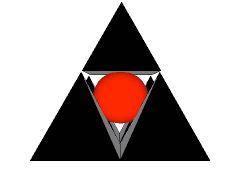







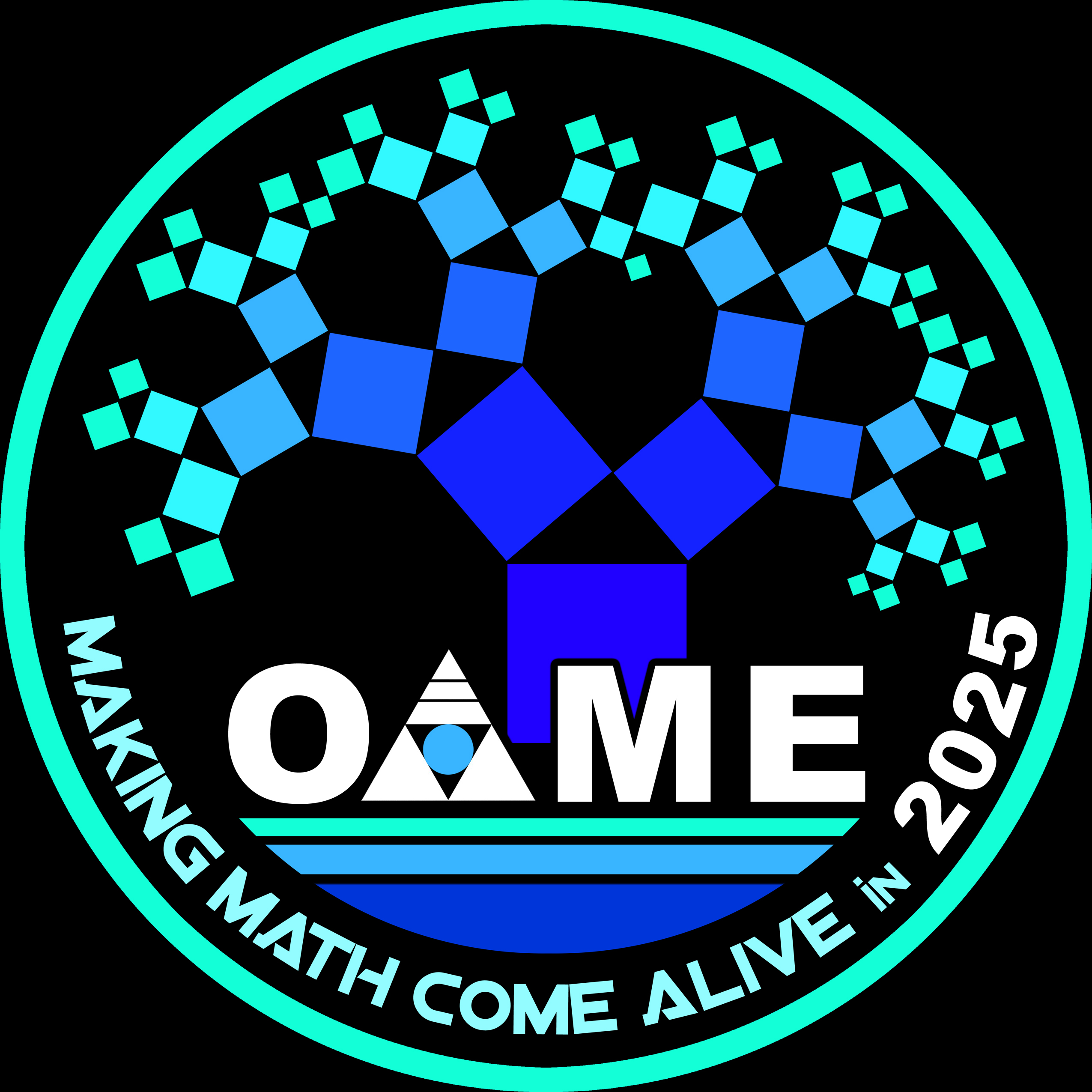
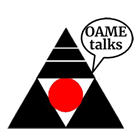
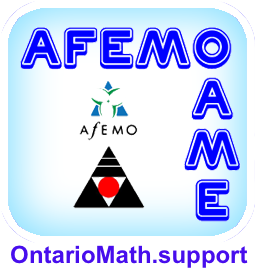
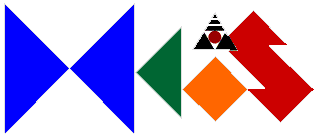



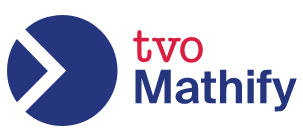

 Like us on FaceBook
Like us on FaceBook